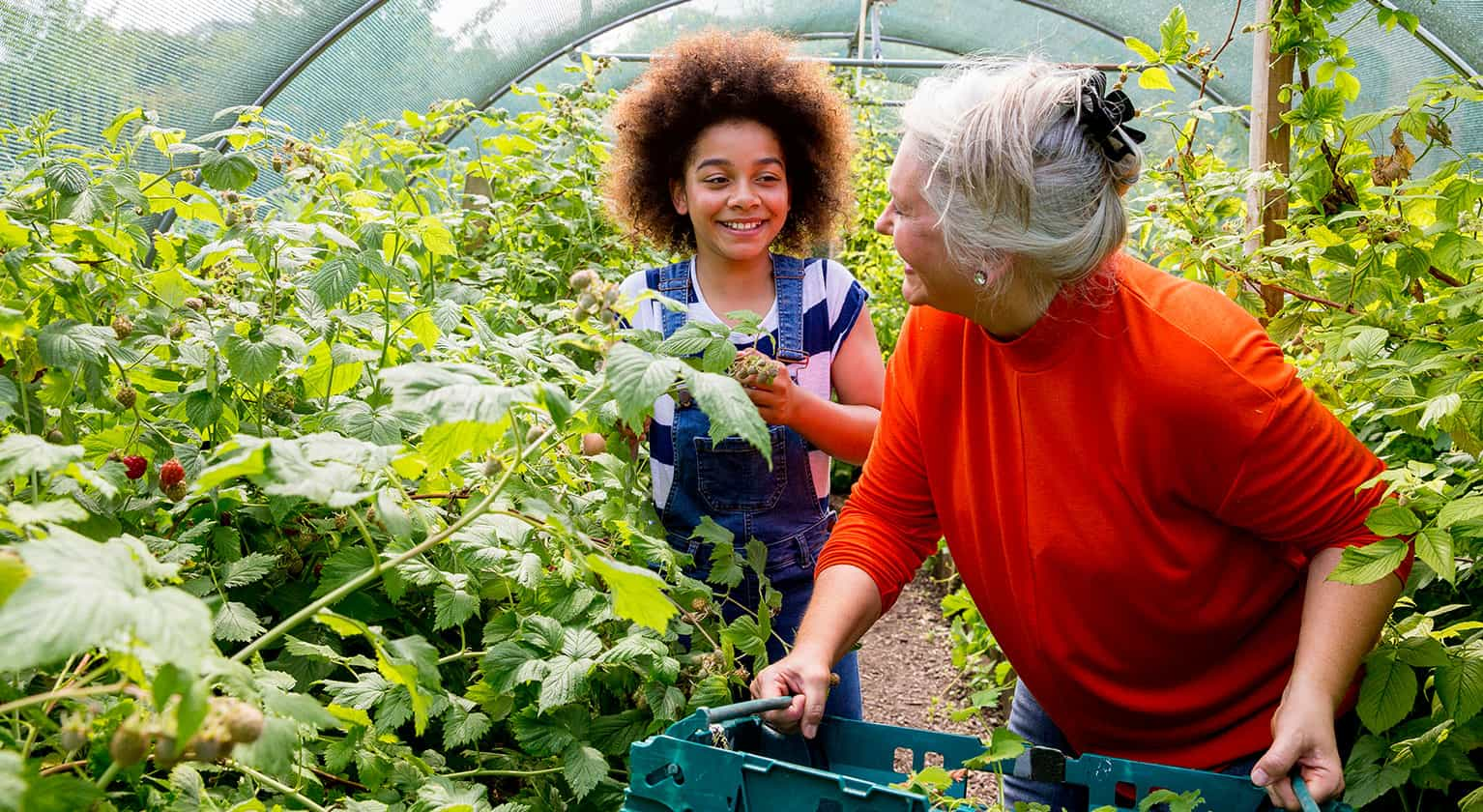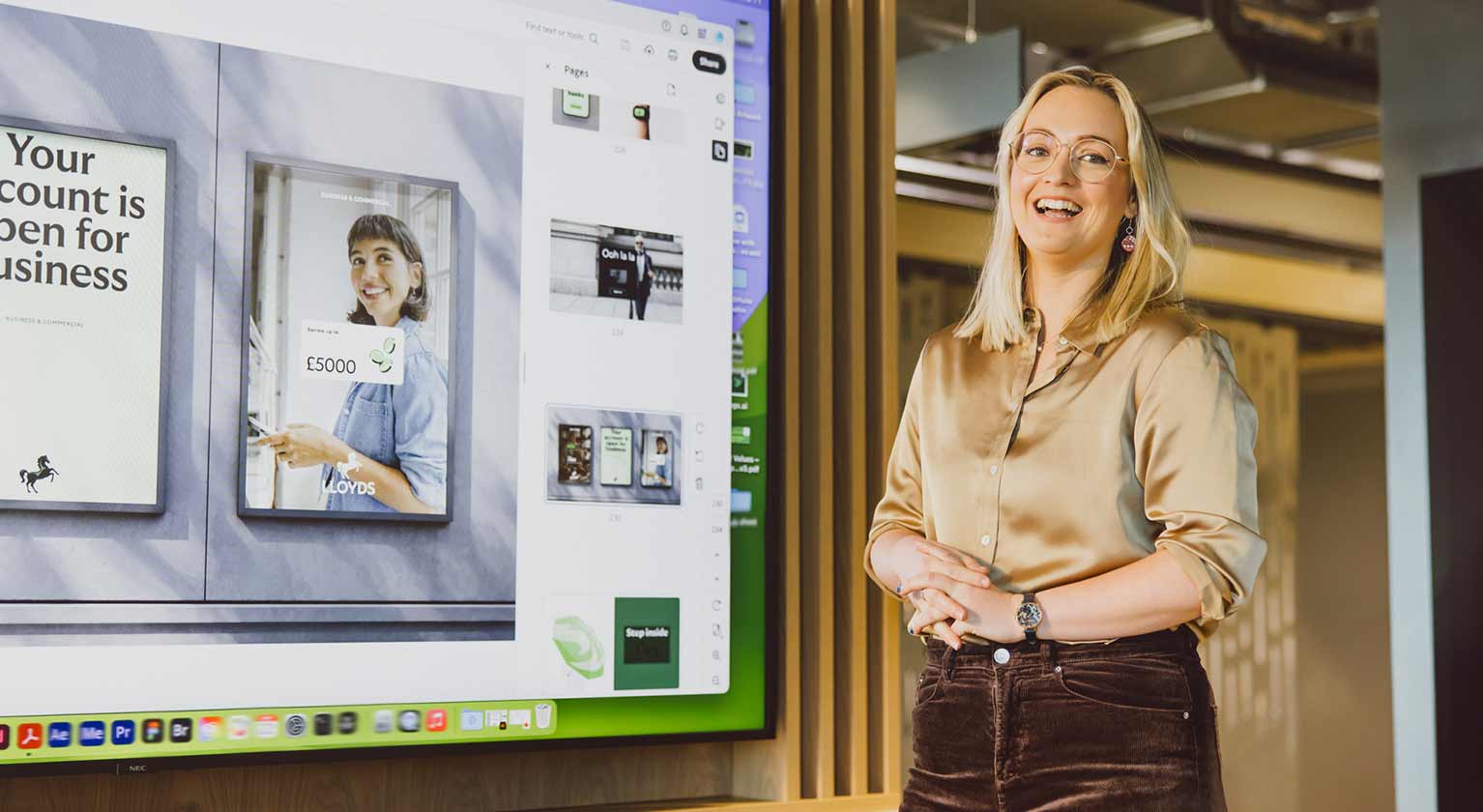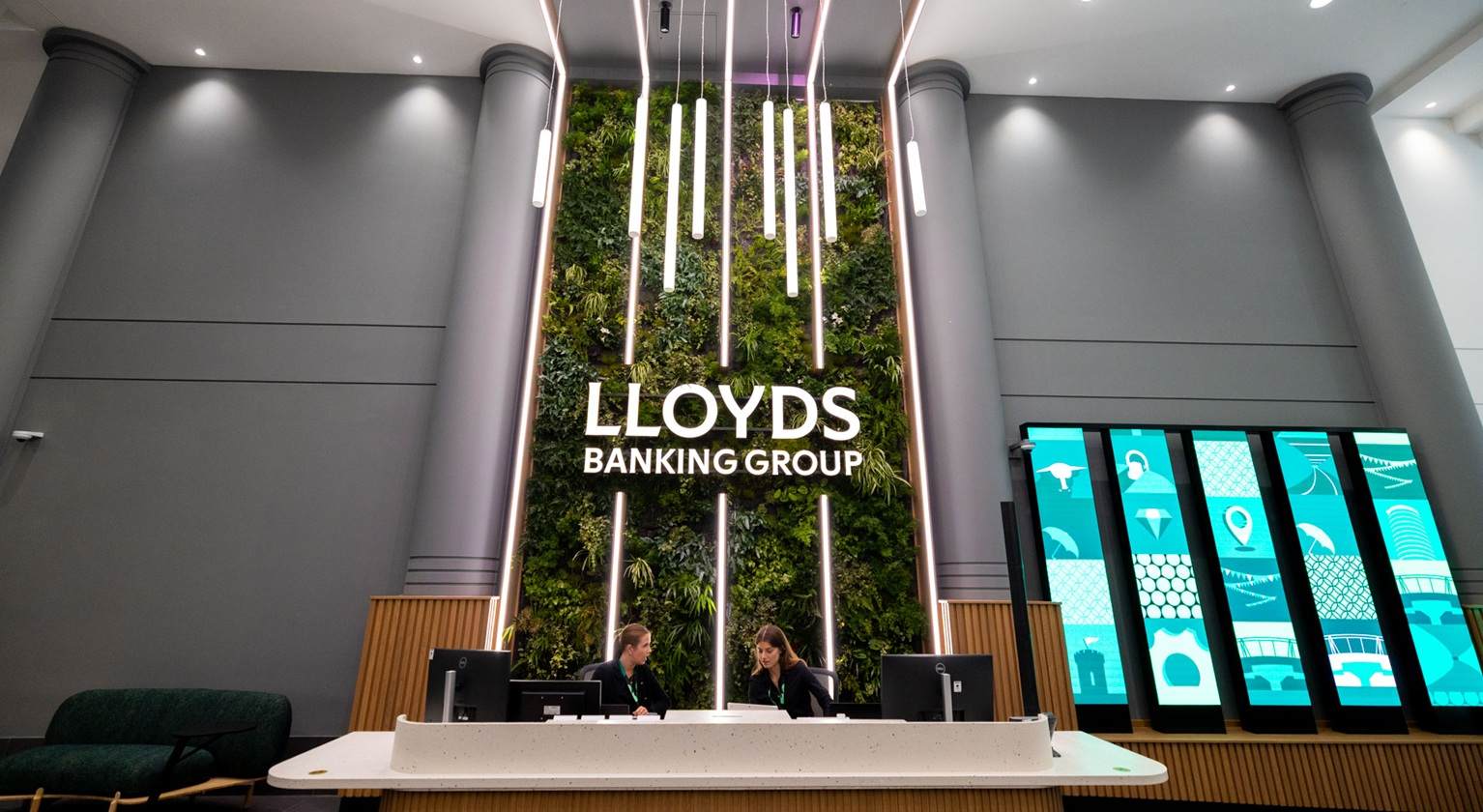Making the property market fairer for first time buyers
The traditional home buying journey has now become out of reach for many first time buyers. The soar in house prices, combined with a first home costing almost four times the average income, means that prospective buyers are struggling to get a mortgage big enough to buy a whole house. In 2021, the average deposit paid by a first time buyer was £53,935, and this meant waiting until the average age of 32 to get onto the property market.
Our Halifax House Price Index has shown an increase in average house prices of £43,577 since the start of the first lockdown in the UK. This long term trend means we are going to have to change the way we think about the route into home ownership as house prices rise at a rate that household incomes aren’t reflecting.
People still want to buy their own homes, with four in five renters saying this is an aspiration.1 However, the once straight climb of moving out of the family home to a small first property of your own is no longer immediately possible for many.
Climbing the property ladder is no longer straight up
At Lloyds Banking Group, over recent years we’ve seen significant shifts in the way we are now seeing people purchase their first homes. Many have been using government schemes like Help to Buy which boost the amount they borrow. And others are choosing to purchase properties with friends, or as part of multigenerational family living.
Importantly, what these approaches have in common is that people are prepared to reduce the equity stake they have in a property in order to buy the home they want.
That’s why we think Shared Ownership can play an important role in helping first time buyers onto the housing ladder. Available through the government and private developers, it is designed to help first time buyers who can’t borrow enough money to fully purchase a home.
The scheme allows a mortgage to be taken on a share of a property, usually between 25% and 75%, rather than the whole sum. Rent is then paid on the remaining part of the property. This helps in two ways, firstly the deposit required is much lower than buying the whole property and secondly it means the homeowner can start to build up equity instead of paying rent for longer.
One of the biggest benefits of Shared Ownership is the ability to ‘staircase’. This offers the opportunity to buy further shares in the home over time, in some cases even with the potential of staircasing to 100% ownership of the property. For those who find their income or financial situation boosted over time, this offers an ideal route to fully owning a property.














